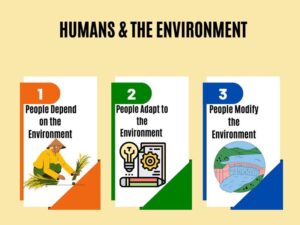Logging, or cutting down trees for commercial purposes, has been a standard activity for centuries, providing us with essential products like paper, furniture, textile, and construction materials.
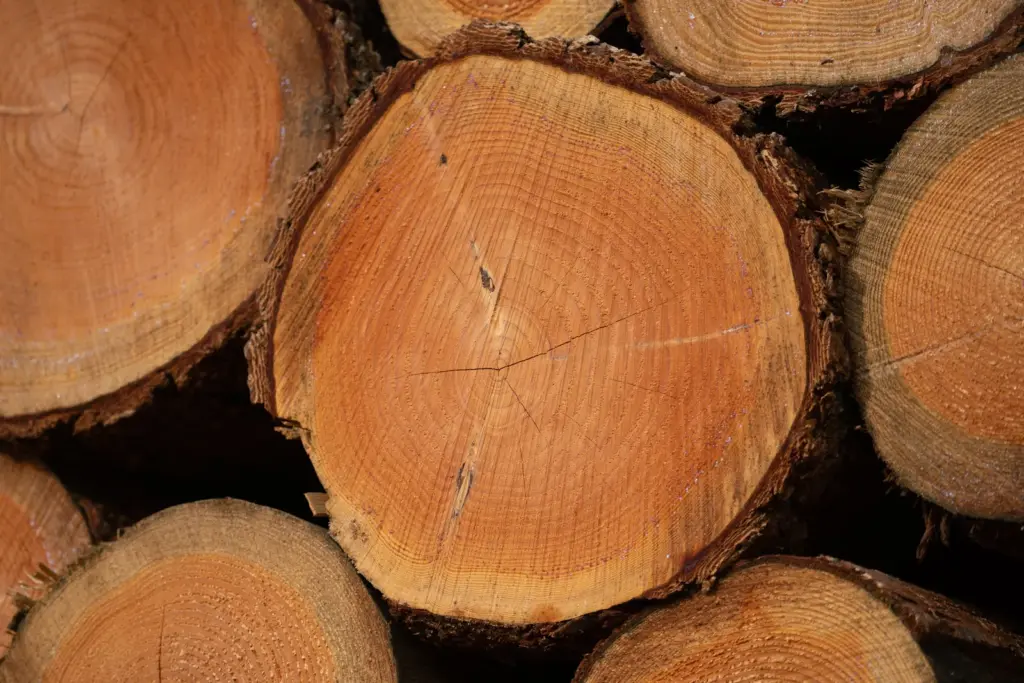
However, with the ongoing environmental crisis, we must scrutinize the impacts of logging on our world and consider the potential for sustainable practices.
This in-depth review delves into the pros and cons of logging, its environmental impact, the potential for responsible logging, and the industry’s future.
The Pros of Logging
Logging has always played a critical role in human development. Creating necessary goods, from furniture to paper, relies on the resources logging provides.
Additionally, the logging industry creates job opportunities, thus playing a vital role in many local economies.
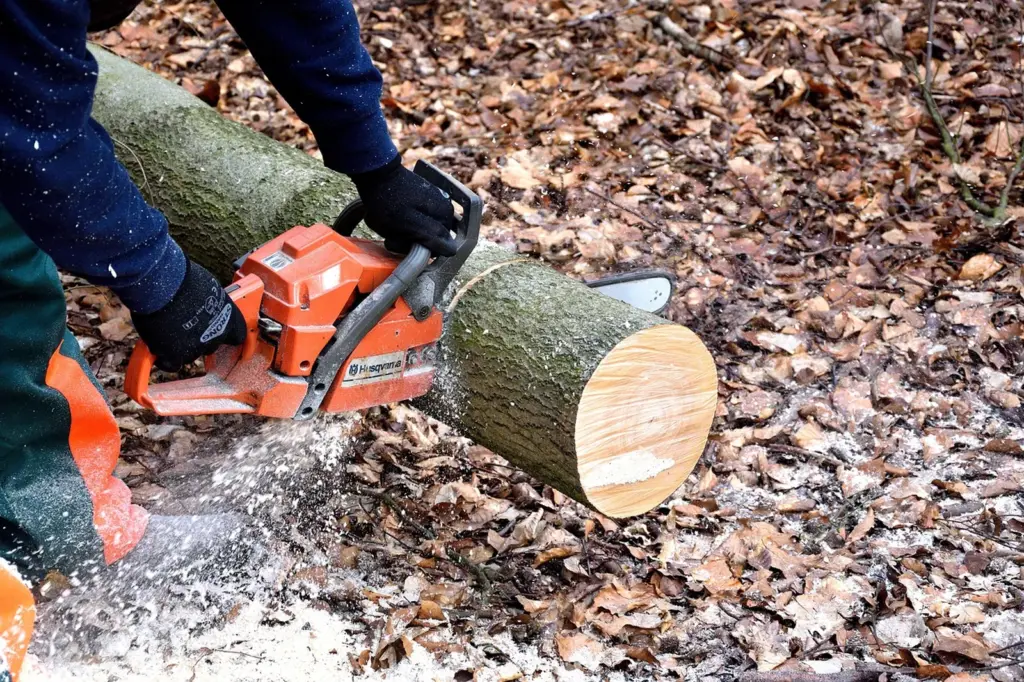
In some cases, logging can help prevent forest fires by eliminating dry and dead timber that often fuels these devastating occurrences.
There are arguments, controversial opinions, and studies on the role logging plays in forest management.
Clearcutting, thinning, and other methods can create habitats for many wildlife species that depend on forested areas, contributing to biodiversity. Moreover, removing infected trees can prevent the spread of tree diseases and pests.
A study by Hugh Ross explores how selective logging, harvesting some but not all mature trees while they’re still healthy, can contribute to climate change mitigation. As young trees grow 2–4 times faster than old ones, replacing the logged old trees with seedlings enhances a forest’s capacity to remove carbon dioxide from the atmosphere. This idea resonates with sustainable forest management strategies that balance economic demands with environmental health.
The Cons of Logging
Despite its benefits, logging has substantial negative impacts, primarily on the environment. It can lead to deforestation, resulting in soil erosion, climate change, and biodiversity loss.
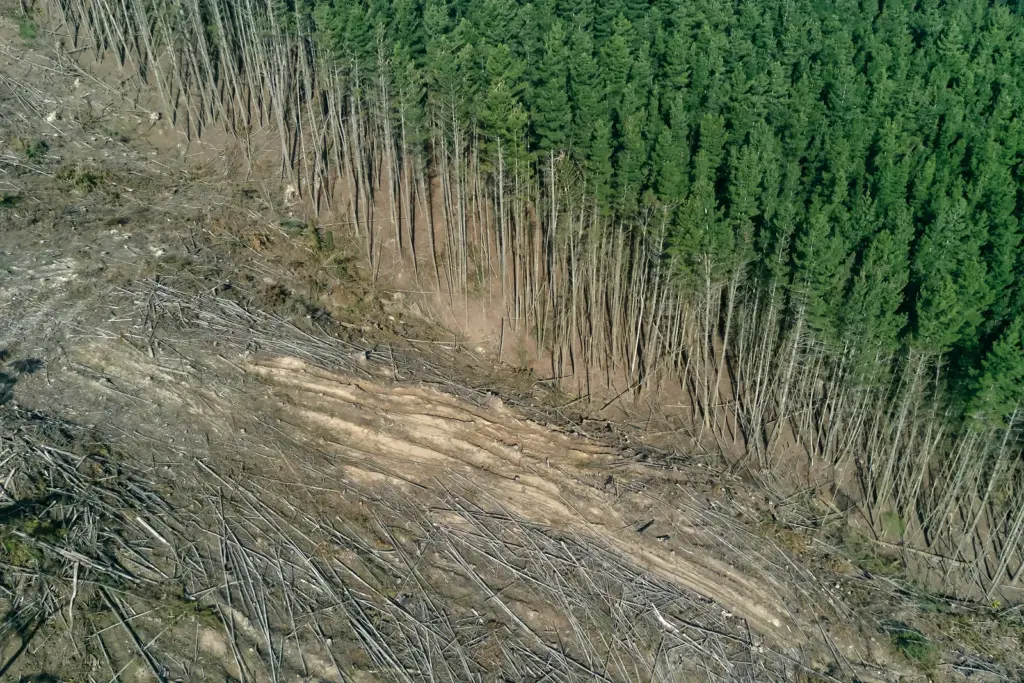
Additionally, deforestation disrupts the water cycle, altering ecosystems and leading to phenomena like floods and droughts.
Logging also contributes to greenhouse gases and climate change by releasing stored carbon from cut trees into the atmosphere.
Besides environmental consequences, logging can trigger social and economic issues. Indigenous communities and other forest dwellers, whose livelihoods often depend on forests, can be displaced by logging, leading to conflicts. Logging can also lead to exploiting workers who often work in hazardous conditions.
Sustainable Logging: An Alternative Approach
Sustainable logging integrates the principles of sustainable forestry, which aims to balance the provision of timber and other forest products with ecosystem conservation.
This approach to logging prioritizes the health of the forest, viewing it not only as a source of wood but also as a habitat for wildlife, a regulator of water quality, and a sink for atmospheric carbon dioxide.
Sustainable logging involves careful planning and management practices, including selective cutting, minimizing forest fragmentation, and mitigating soil erosion.
A. Selective Logging
It is the practice of cutting only mature trees, leaving younger ones to grow. This method maximizes the carbon-absorbing capacity of forests while meeting commercial demands. Sustainable logging also encourages using all parts of the tree, reducing waste, and promoting reforestation efforts to protect forests and encourage biodiversity.

B. Satellite Imagery and Remote Sensing
New technology can help identify areas for sustainable logging and monitor the environmental impact.
The logging industry must adapt as we move towards a future more aware of environmental conservation.
C. Alternatives to Logging
Some alternative resources and activities are becoming more prevalent, such as using recycled materials, reducing consumption, and utilizing alternative materials like bamboo and hemp.
Logging in the Amazon Rainforest
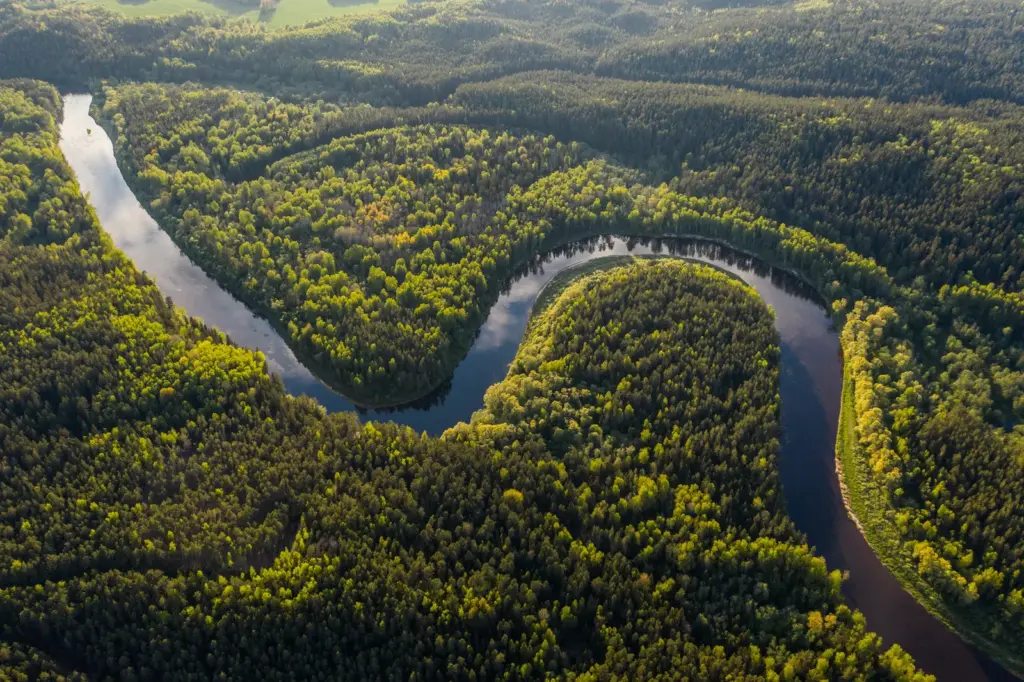
The Amazon rainforest, often dubbed the ‘lungs of the Earth’, is under siege due to the insatiable global demand for timber. In 1996, Asian companies alone invested over US$ 500 million in Brazil’s timber industry, keen to exploit the rich resources of the Amazon as timber supplies in Asia dwindled.
The aggressive drive for timber in the Amazon can be attributed to various factors. Logging activities are closely tied to road construction and migratory movements. Selectively logged regions connected by new roads attract settlers who clear these areas for shifting cultivation. Logging opens access to the rainforest’s abundance, including fuel wood, game, and building materials.
Unfortunately, this hunger for timber has led to rampant illegal logging in the Amazon. While laws permit logging in certain areas, illegal practices persist extensively in Brazil and across several Amazon countries.
A recent study unveiled a shocking statistic: 40% of all logging in the Amazon is illegal. Illegal operations often use forged permits, exploit commercially valuable trees without considering legal protections, exceed authorized quotas, cut outside of concession areas, and steal from protected and indigenous lands.
With forest concessions being short-term, companies need more incentives to replant trees or harvest efficiently. Instead, the rush to maximize profits leads to damaged regions that take years to recover.
This invariably results in biodiversity loss, over-hunting of wildlife, and conversion for agriculture or pasture.
The detrimental effects of logging extend beyond the targeted trees. Logging operations usually result in collateral damage, with surrounding trees being damaged or felled unintentionally. The aftermath of logging often leads to erosion that washes away nutrients, adversely affecting streams and rivers. Regrowth of timber takes time, if it occurs at all, given that logged areas are frequently repurposed for cattle ranching or cultivation.
Some hope lies in the resilience of nature, as studies indicate that logged forests can recover to an extent. A survey conducted in the Tapajós National Forest in the Brazilian Amazon revealed that logging initially stimulated growth, an effect that lasted about three years. After that, growth rates in these areas were similar to those in untouched forests.
However, this natural regeneration cannot counterbalance the immense scale of destruction wrought by logging. This situation underlines the urgent need for responsible practices and stringent policing of illegal operations to safeguard the Amazon rainforest, our planet’s critical lung.
Conclusions
Logging is integral to human development and economies, contributing to job creation and providing essential goods.
However, its detrimental effects, particularly on the environment and indigenous communities, cannot be ignored. Logging, if unchecked, leads to deforestation, climate change, soil erosion, and loss of biodiversity. The current scale of illegal operations and over-exploitation in places like the Amazon underscores the need for immediate action.
Sustainable logging, emphasizing careful planning, selective cutting, and efficient use of resources, offers a promising alternative. Technological advancements can aid in monitoring and implementing these practices effectively. Exploring options like recycled materials and renewable sources such as bamboo and hemp can reduce our dependence on timber.
Logging is complex and requires robust dialogue from all stakeholders, including policymakers, environmentalists, loggers, and consumers. We encourage you to comment on this article with your views on logging and sustainable practices. Share your thoughts, experiences, and suggestions on how we can strike a balance between economic progress and environmental conservation.
Please do not hesitate to share this article with your network. The more people we engage in this conversation, the closer we find a solution that respects our needs and the planet.



